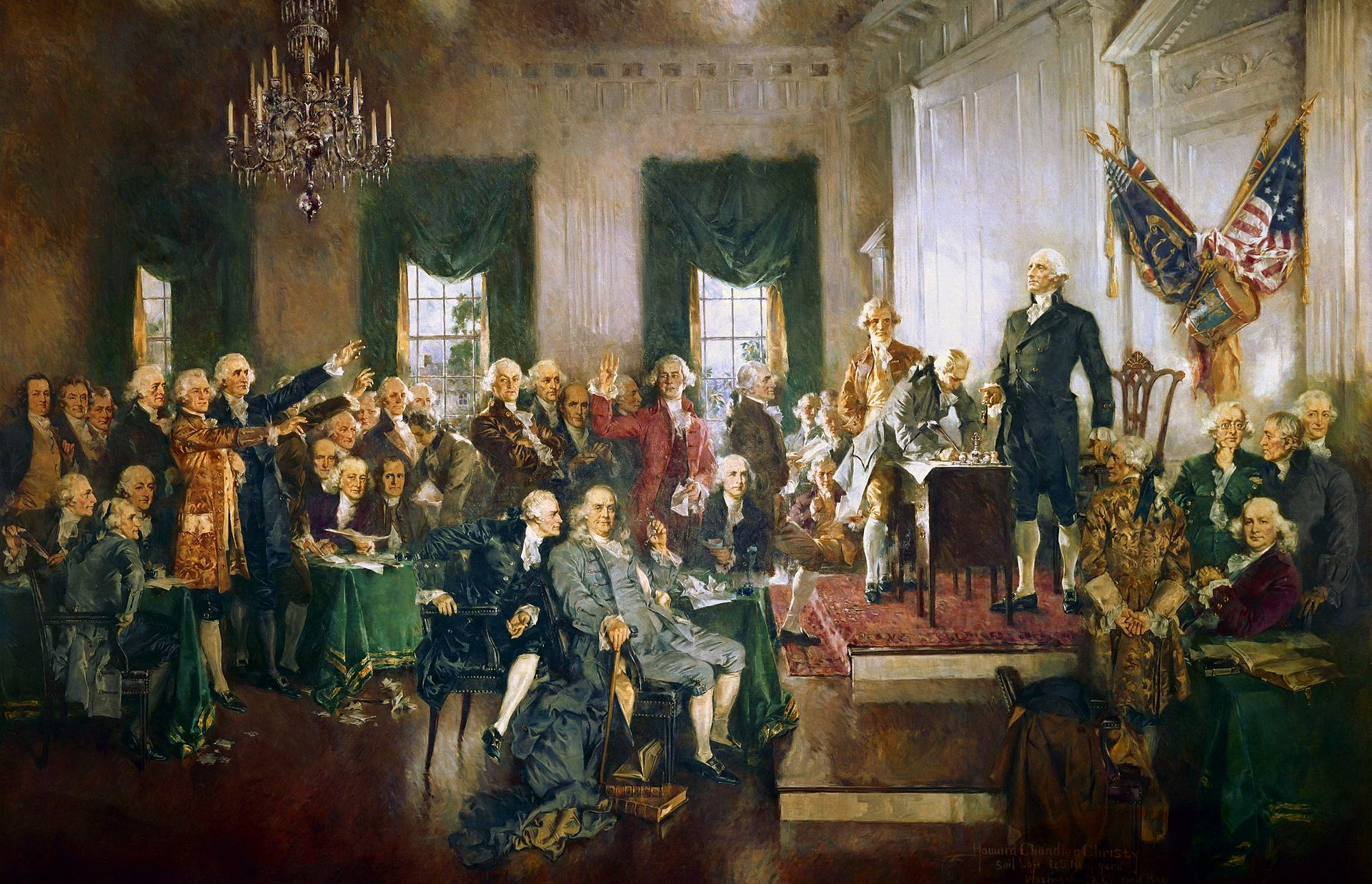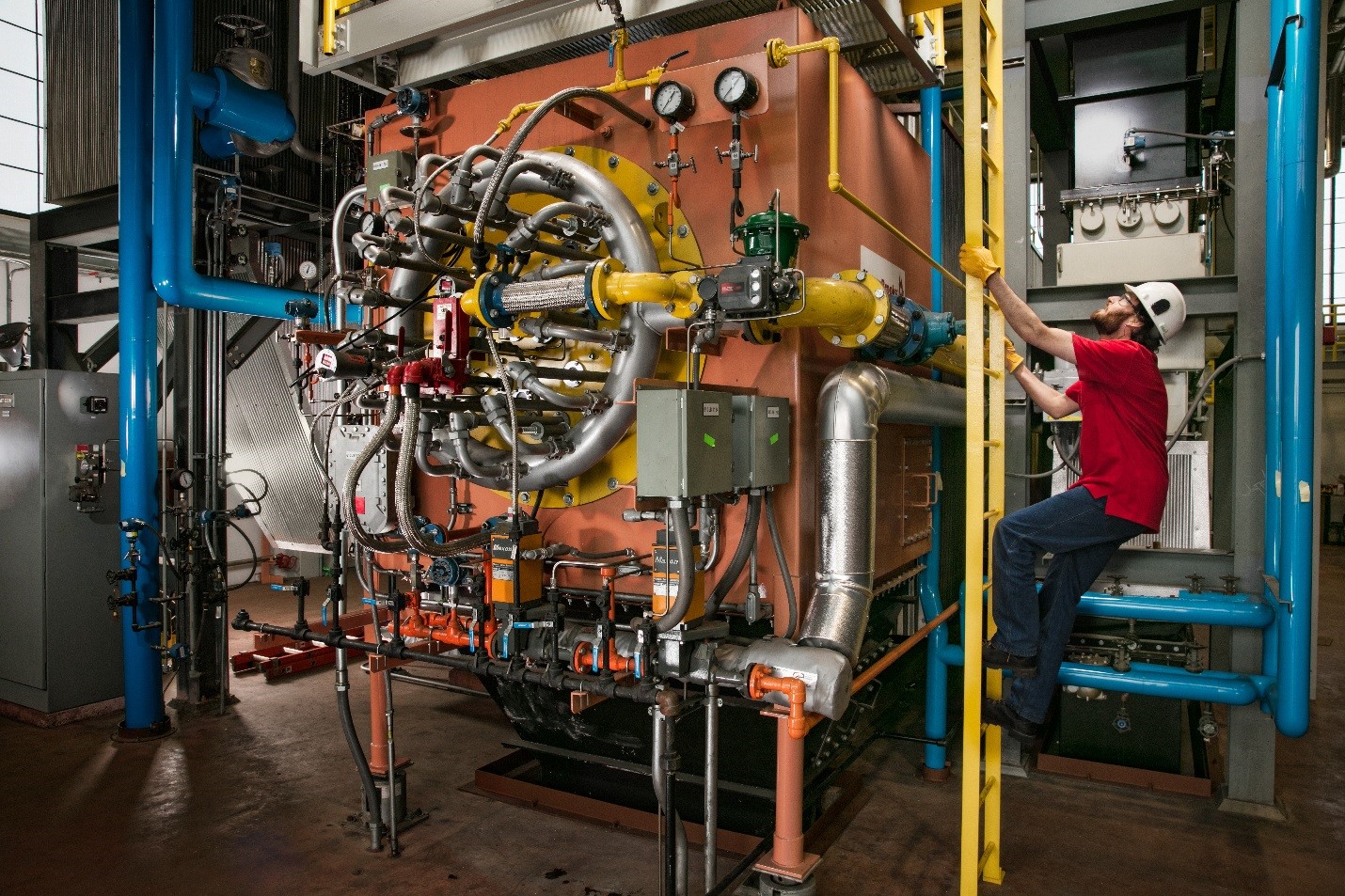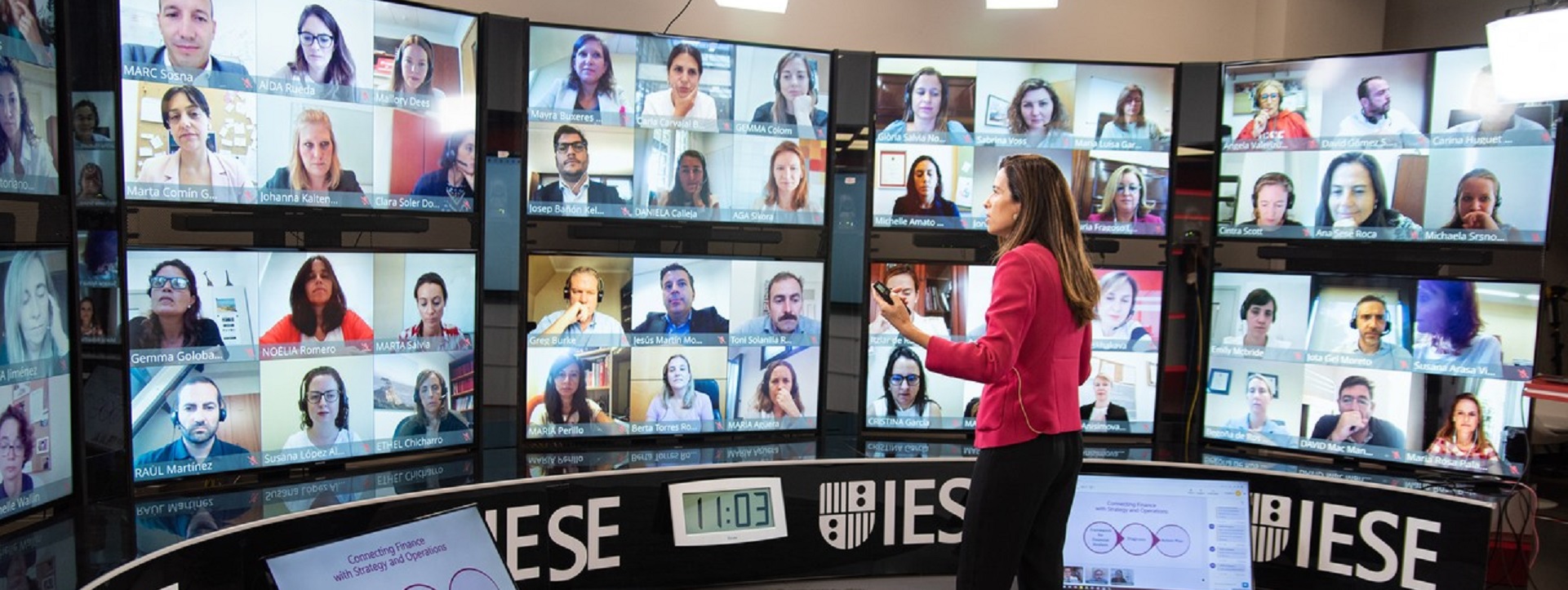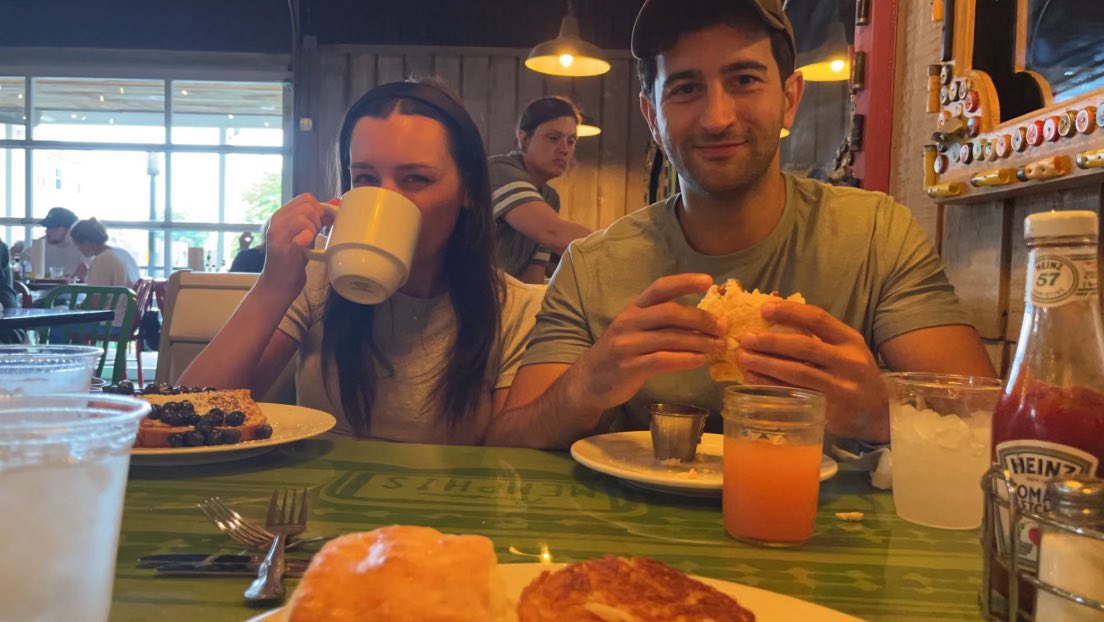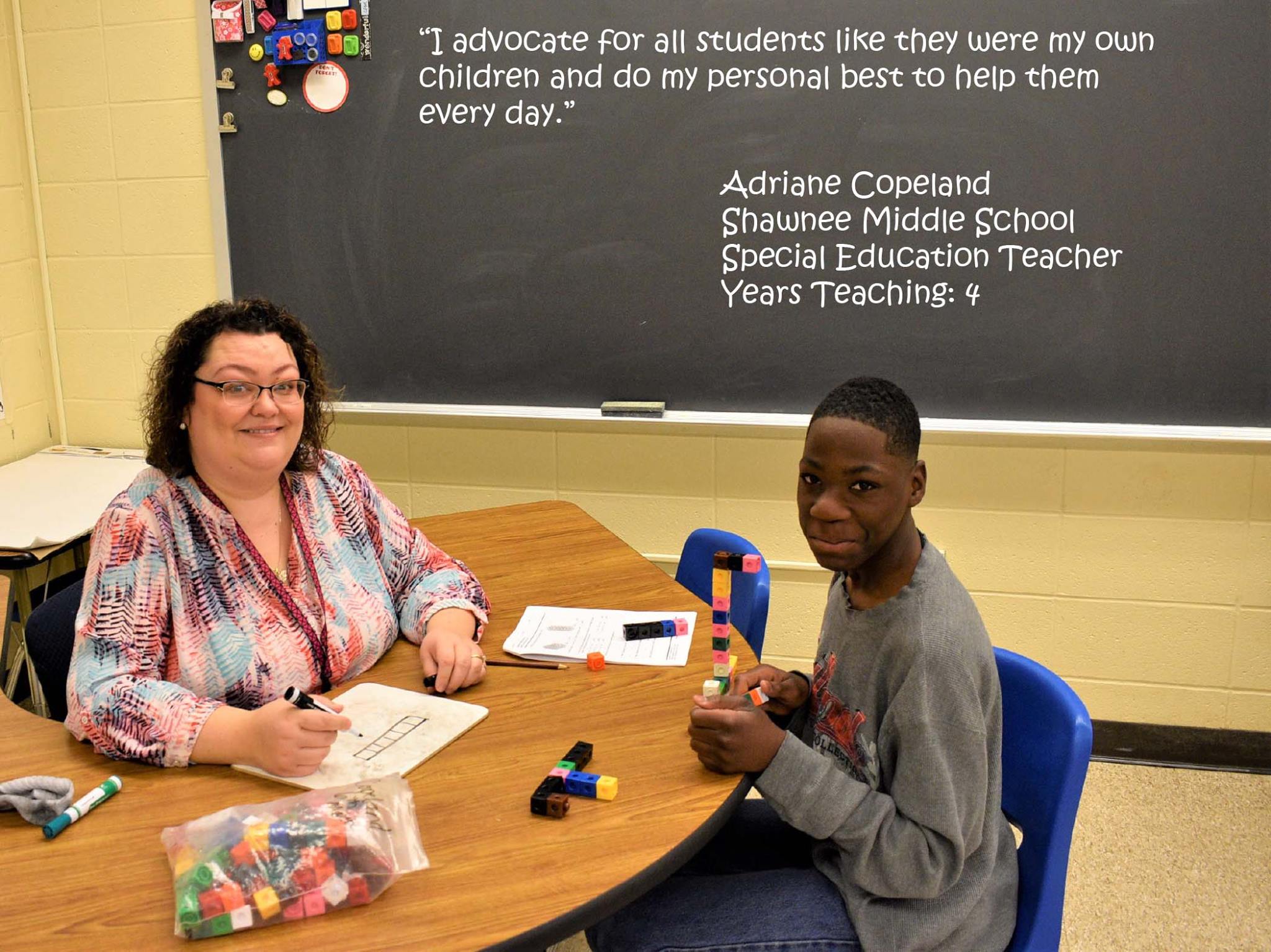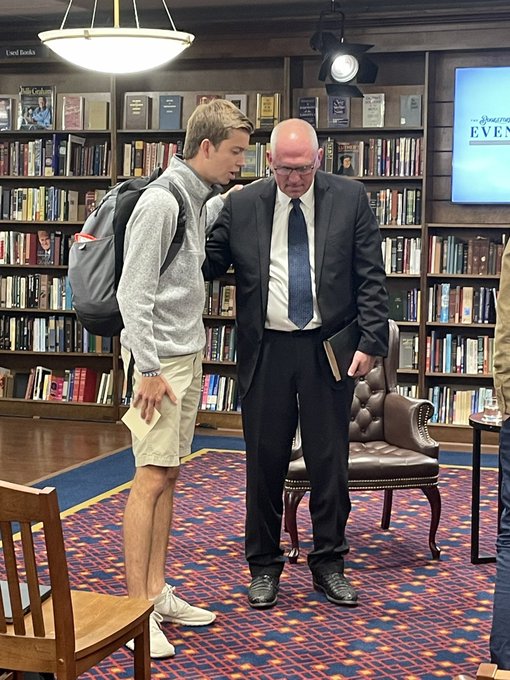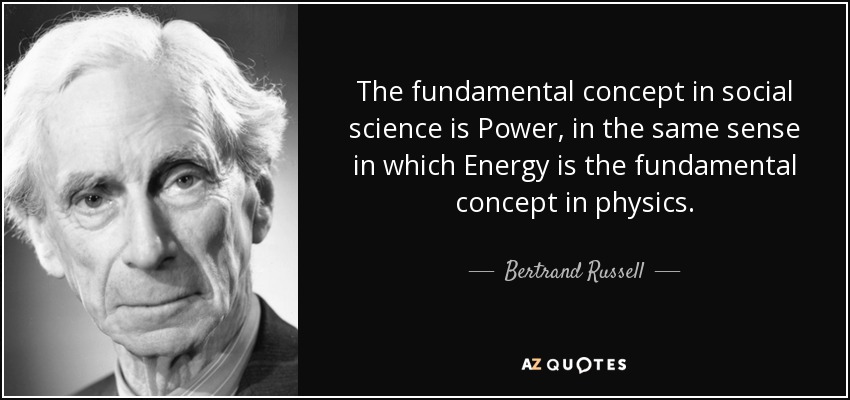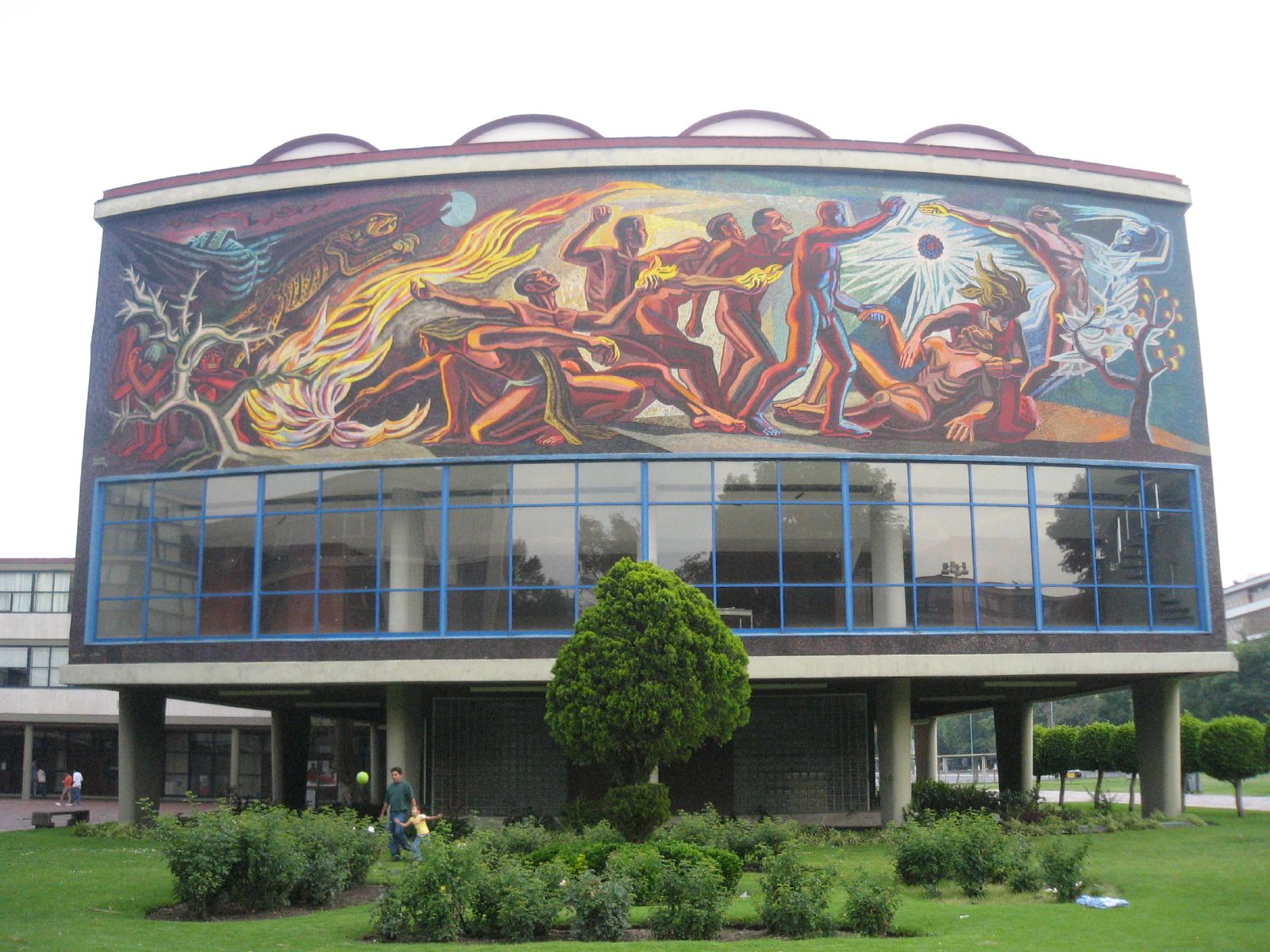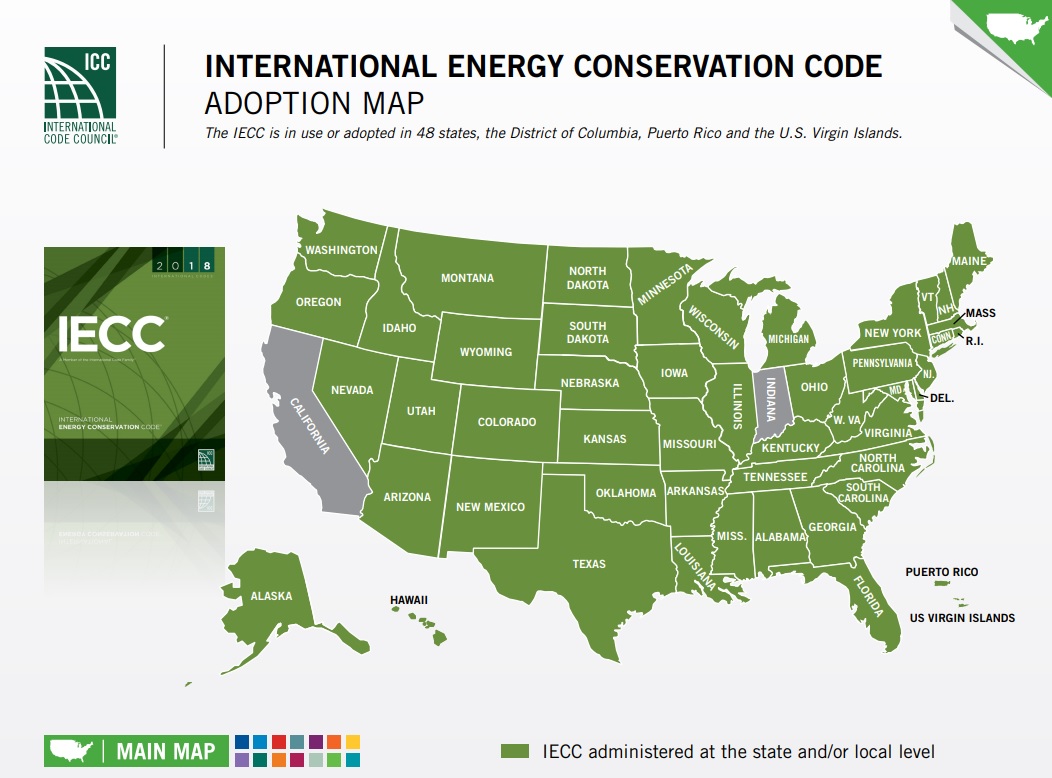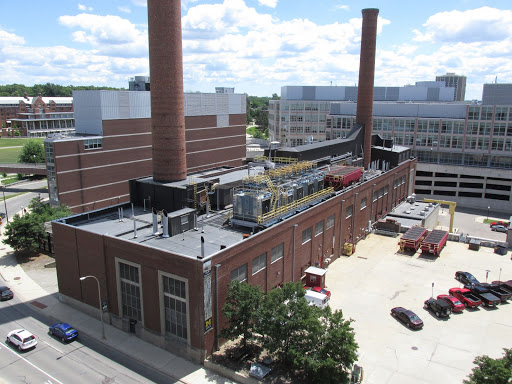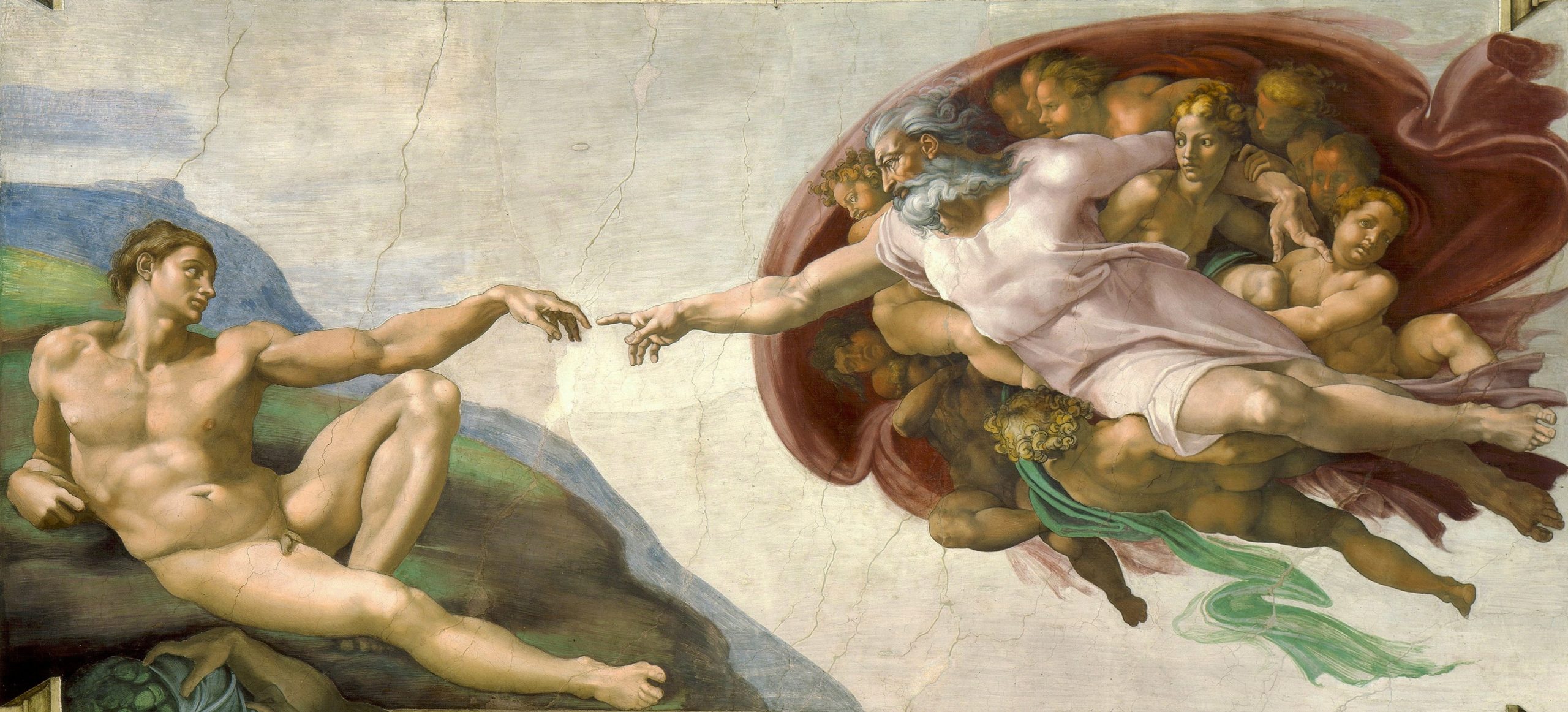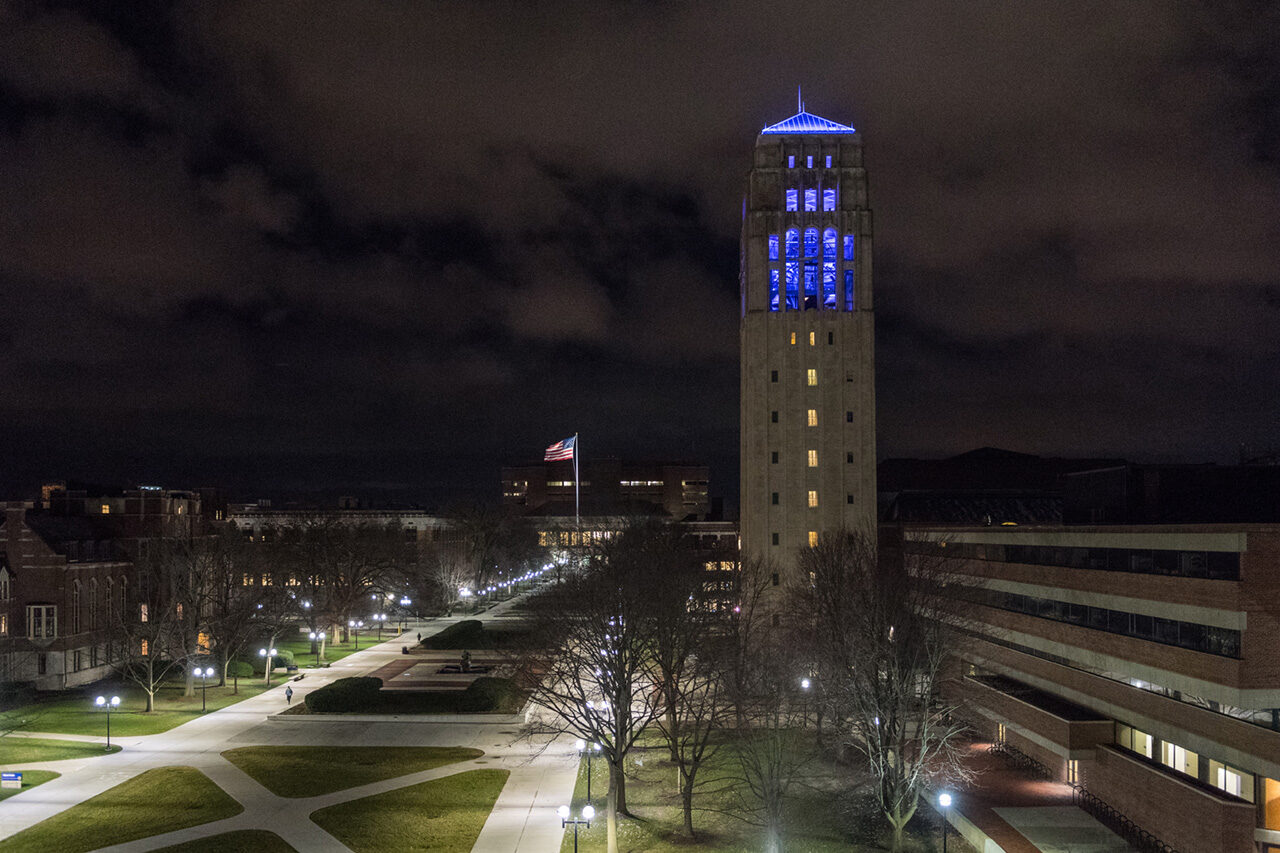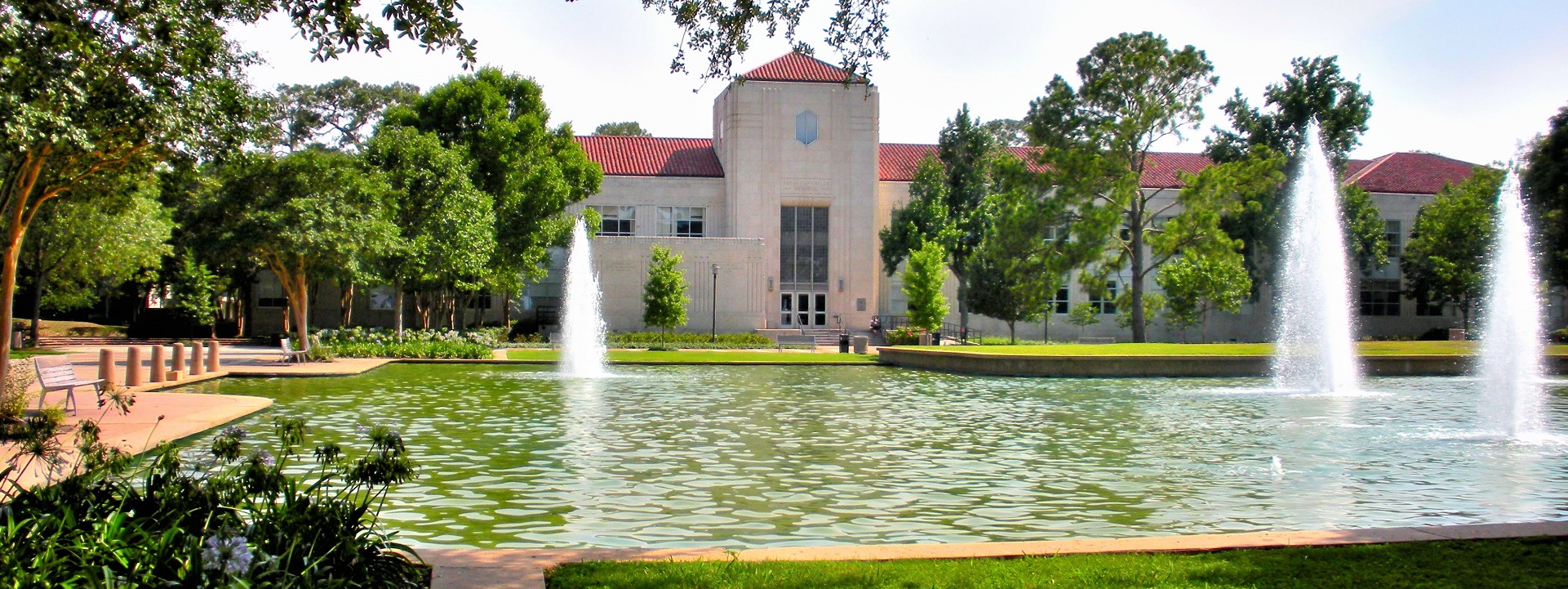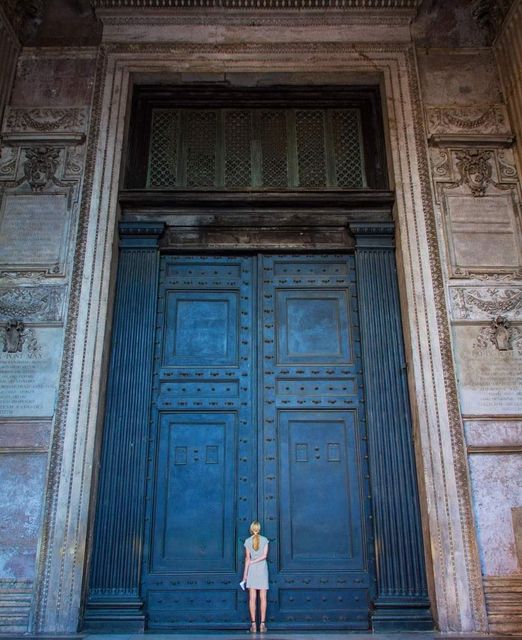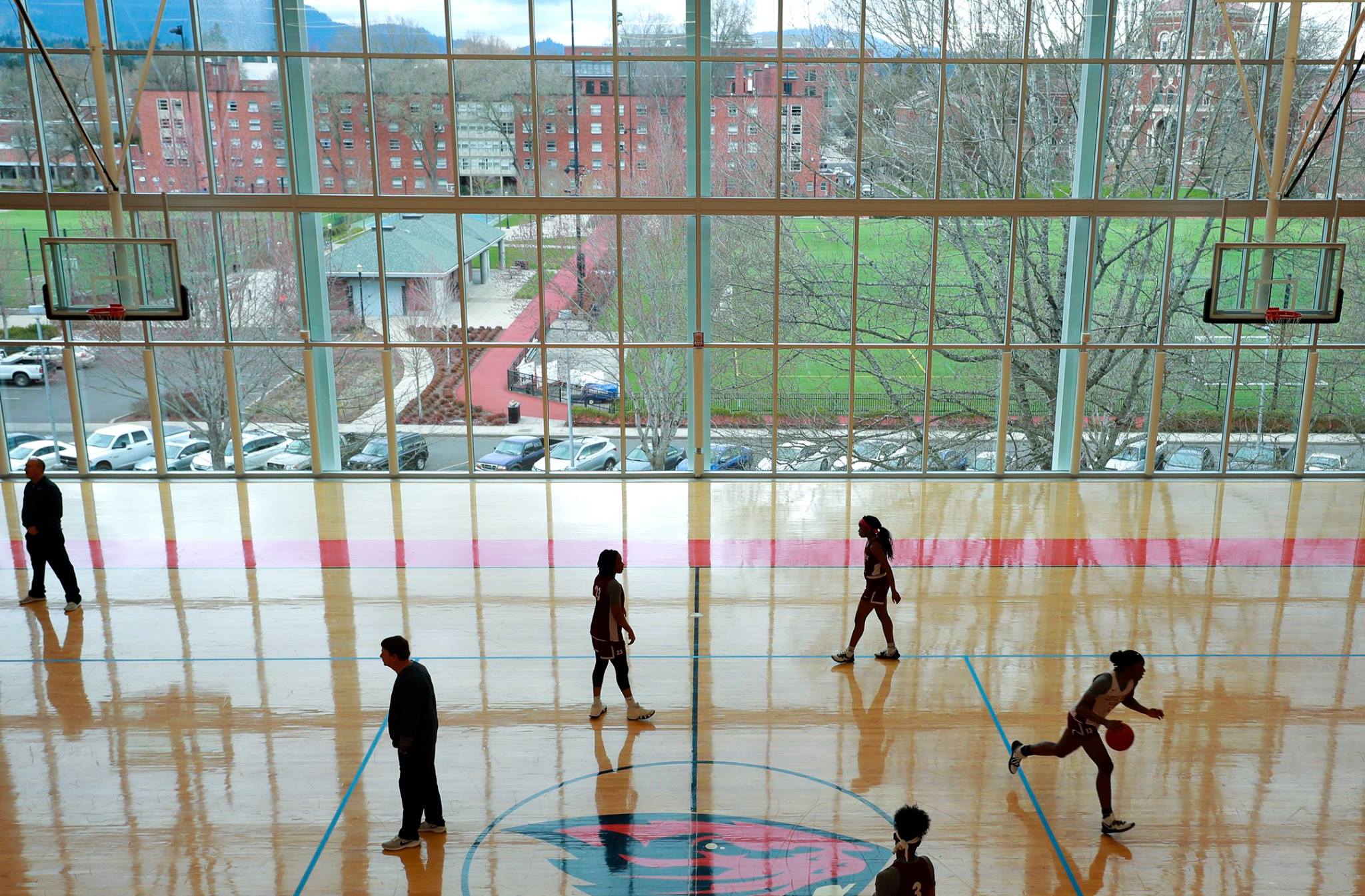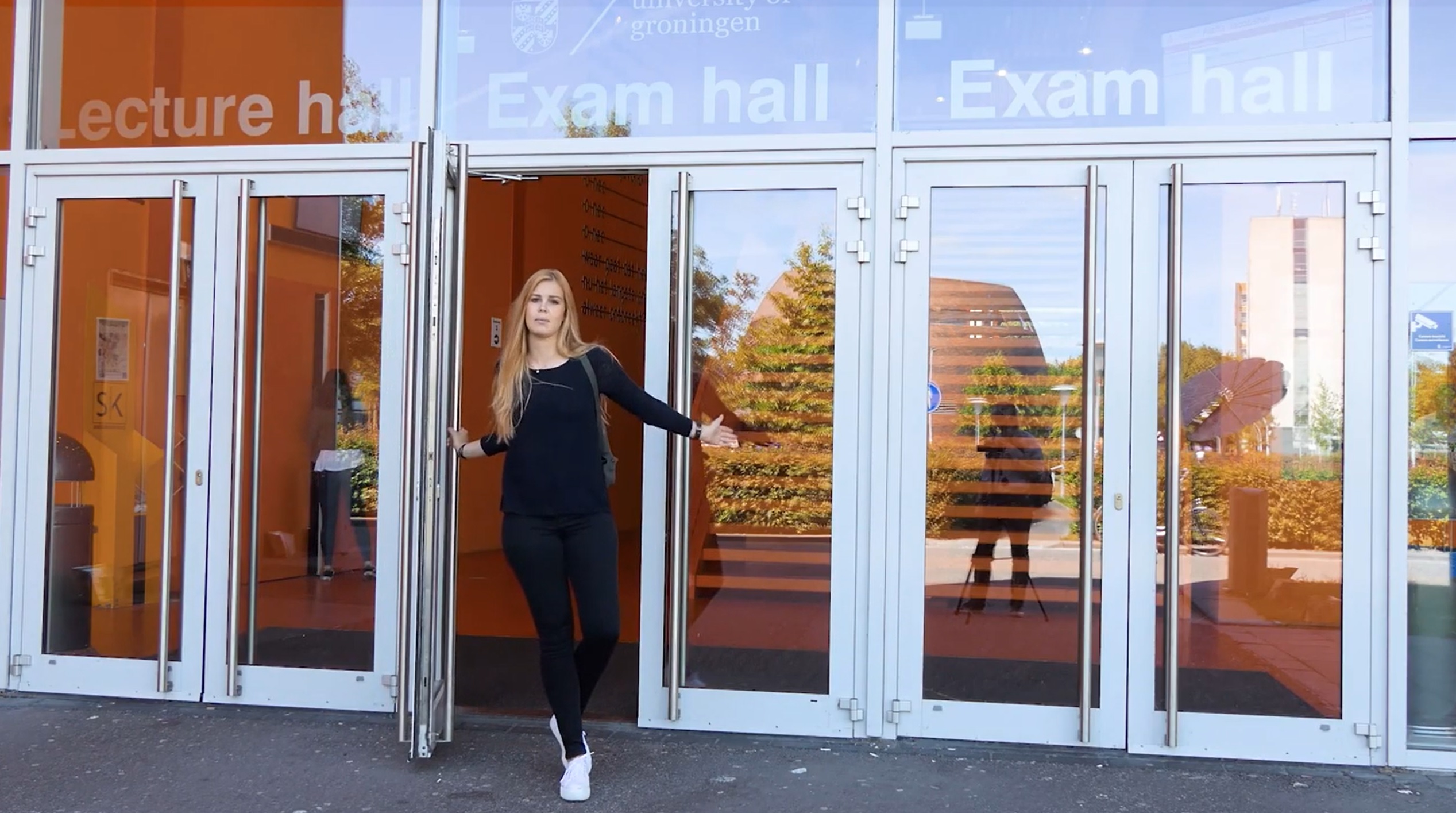Follow #SantaClaraUniversity across platforms to stay up to date with the leading #Jesuit university in #SiliconValley. #DiscoverSCU
📷 Instagram: https://t.co/Vni4SipVEH
👍🏽 Facebook: https://t.co/X1tKW02iZn
💼 LinkedIn: https://t.co/Rhwh4DReVI
😆 TikTok: https://t.co/yqUvfBWbIK pic.twitter.com/mrYtn6G0O6— Santa Clara Univ (@SantaClaraUniv) November 20, 2022
Author Archives: mike@standardsmichigan.com
- Home
- Articles posted by mike@standardsmichigan.com

Peach Cobbler
H.R. 7923: Limit USDA funding for ground-mounted solar energy systems
Laken Riley Act passes 251-170, with 37 Democrats joining all Republicans in support
The murder of Laken Riley occurred on February 22, 2024, in Athens, Georgia. Laken Riley, a 22-year-old nursing student at Augusta University, disappeared when she was jogging at the University of Georgia (UGA). Her body was found near a lake of a wooded area at UGA; her death was caused by blunt force trauma. The police described Riley’s killing as a “crime of opportunity”, and that no murder had been committed at UGA in almost 30 years; a gap filled by the open border policy of Democrat President Joseph Biden, Homeland Secretary Alejandro Mayorkas and chain of Democrat District Attorney’s who let the perpetrator run free.
The murder has international news, generating extensive media attention — though not nearly as much as the George Floyd tragedy and the Black Lives Matter zietgeist — sparking debate over illegal immigration in United States after U.S. Immigration and Customs Enforcement (ICE) confirmed that Ibarra is a Venezuelan illegal immigrant who is not a U.S. citizen and was caught crossing the border but released back into the United States
Jose Antonio Ibarra, a 26-year-old Venezuelan citizen who entered the US illegally, was arrested by UGA police and has been charged with felony murder, false imprisonment, and kidnapping.[4] Ibarra lived about 1 mile (1.6 km) from the area where Riley’s body was found..
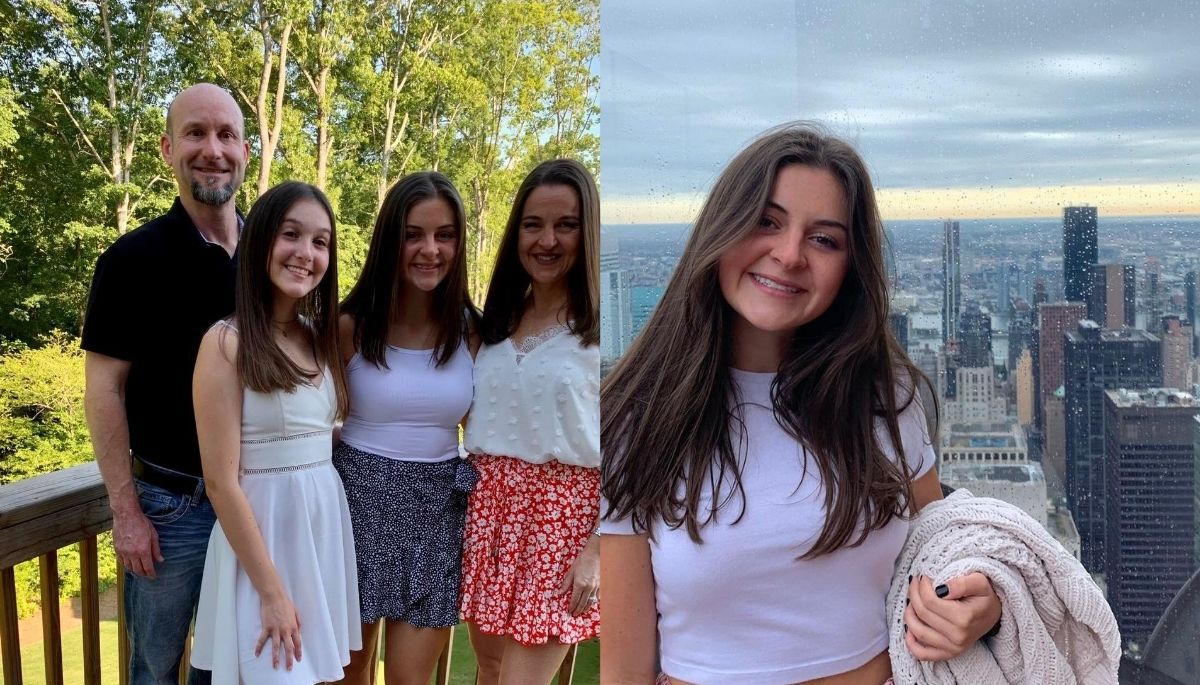
European leaders are indifferent to the rape and murder of their young women by migrant men also:
It happened again. Another European girl was killed at the hands of a migrant in Vienna and she wasn’t the first one this week. And tomorrow it will happen again, because white lives don’t matter to our globalist leaders.
But they matter to me, so I’m making you a promise. 👇🏻 pic.twitter.com/fAS93ux8CQ
— Eva Vlaardingerbroek (@EvaVlaar) March 6, 2024
“But what is government itself but the greatest of all reflections on human nature? If men were angels, no government would be necessary. If angels were to govern men, neither external nor internal controls on government would be necessary. In framing a government which is to be administered by men over men, the great difficulty lies in this: you must first enable the government to control control the governed; and in the next place oblige it to control itself.” — James Madison, Federalist 51
Relevant Federal Executive & Legislative Committees
House of Representatives: Committee on Education & the Workforce
Senate: Committee on Health, Education, Labor and Pensions
SCOTUS: West Virginia, et al. v. Environmental Protection Agency
H.R. 221: Expand Pell Grant eligibility to certain trade schools
H.R. 193: Teach Relevant Apprenticeships to Drive Economic Success Act
H.R. 302: Energy Cybersecurity University Leadership Act of 2023
The University Campus As A Designed Work and an Artefact of Cultural Heritage
Energy 200
ANSI Standards Action Weekly Edition
Starting 2023 we break down our coverage of education community energy codes and standards into two tranches:
Energy 200: Codes and standards for building premise energy systems. (Electrical, heating and cooling of the building envelope)
Standards Michigan: Building Transformers are Oversized and What We Are Doing About It
(Hint: We are routinely “outvoted” on the National Electrical Code by stakeholders whose revenue depends upon oversized transformers.)
National Electrical Manufacturers Association (Free Download): Benefits of Electrical Submeters
Energy Star Data Trends: Energy Use in Residence Halls
University of Alabama: Which Residence Hall Can Save the Most Energy?
Energy 400: Codes and standards for energy systems between campus buildings. (District energy systems including interdependence with electrical and water supply)
| ΔE=ΔKE+ΔPE+ΔU=Q−W |
A different “flavor of money” runs through each of these domains and this condition is reflected in best practice discovery and promulgation. Energy 200 is less informed by tax-free (bonded) money than Energy 400 titles.
Some titles cover safety and sustainability in both interior and exterior energy domains so we simply list them below:
ASME Boiler Pressure Vessel Code
ASHRAE International 90.1 — Energy Standard for Buildings Except Low-Rise Residential Buildings
International Code Council 2021 Energy Conservation Code
cdpACCESS | Energy Complete Monograph for all 2021 cycle energy proposals (1270 pages)
International Code Council 2021 International Green Construction Code
NFPA 855 Standard for the Installation of Stationary Energy Storage Systems
IEEE Electrical energy technical literature
ASTM Energy & Utilities Overview
Underwriters Laboratories Energy and Utilities
There are other ad hoc and open-source consortia that occupy at least a niche in this domain. All of the fifty United States and the Washington DC-based US Federal Government throw off public consultations routinely and, of course, a great deal of faculty interest lies in research funding.
Please join our daily colloquia using the login credentials at the upper right of our home page. We are also rolling out another facility — [MEETING POINT] — which should be ready for use sometime mid-2023.
More
Economics of Energy, Volume: 4.9 Article: 48 , James L. Sweeney, Stanford University
Helmholtz and the Conservation of Energy, By Kenneth L. Caneva, MIT Press
The Seven Sins of Greenwashing
“Eco-friendly”, “Green”, “Bio”… Companies are increasingly using those tags as a signal to consumers of their environmental awareness. Yet also on the rise is a public concern about potential corporate lies in this subject, a phenomena labelled as “greenwashing”.
According to IESE professor Pascual Berrone, “many companies highlight one green positive aspect of their product or service, and hide the true impact that its production has on the environment”. With more and more NGO’s act as public watchdogs, “the consequences of getting caught can be, in terms of reputation but also economically, severe”, he says.
Quadrivium: Spring
United States Patent and Trademark Office: News and Updates
American National Standards Institute: Standards Action
International Electrotechnical Commission
International Organization for Standardization
International Telecommunication Union
2026 National Electrical Code Workspace
2028 National Electrical Safety Code Workspace
We sweep through the world’s three major time zones; updating our understanding of the literature at the technical foundation of education community safety and sustainability in those time zones 24 times per day. We generally eschew “over-coding” web pages to sustain speed, revision cadence and richness of content as peak priority. We do not provide a search facility because of copyrights of publishers and time sensitivity of almost everything we do.
Cognitive Science: An Introduction to the Study of Mind
Our daily colloquia are typically doing sessions; with non-USA titles receiving priority until 16:00 UTC and all other titles thereafter. We assume policy objectives are established (Safer-Simpler-Lower-Cost, Longer-Lasting). Because we necessarily get into the weeds, and because much of the content is time-sensitive and copyright protected, we usually schedule a separate time slot to hammer on technical specifics so that our response to consultations are meaningful and contribute to the goals of the standards developing organization and to the goals of stewards of education community real assets.
Really fun seeing our teachers modifying core curriculum to meet our students needs. Instead of thinking that they can’t, I love how we think of how we can!!! #dg58pride pic.twitter.com/xTGjkjd7DS
— Dr. Jackelyn (@DrCadard) January 24, 2024
![]()
1. Leviathan. We track noteworthy legislative proposals in the United States 118th Congress. Not many deal specifically with education community real assets since the relevant legislation is already under administrative control of various Executive Branch Departments such as the Department of Education.
We do not advocate in legislative activity at any level. We respond to public consultations but there it ends.
We track federal legislative action because it provides a stroboscopic view of the moment — the “national conversation”– in communities that are simultaneously a business and a culture. Even though more than 90 percent of such proposals are at the mercy of the party leadership the process does enlighten the strengths and weakness of a governance system run entirely through the counties on the periphery of Washington D.C. It is impossible to solve technical problems in facilities without sensitivity to the zietgeist that has accelerated in education communities everywhere.
Department of Energy
Lorem ipsum
Federal Aviation Administration
Aviation Maintenance Technician Schools | Consultation closes April 14, 2023
Science & Technology Policy Office
We typically post one federal and one state level consultation or action every day for at least one of the 50-states — in the lower right corner of our home page when most education communities in the United States have begun a new work day. Examples, irregularly linked:
2. National Institute of Standards and Technology (NIST)
Post-Quantum Cryptography Practice Guide (June 8)
Public Consultation on Semiconductor Manufacturing (November 28)
NIST Awards Funding to 5 Universities to Advance Standards Education
NIST Center for Neutron Research: 2022 Outstanding Student Poster Presentation
NIST Report Outlines Strategic Opportunities for U.S. Semiconductor Manufacturing
3. ANSI ISO Business (Many of these projects are normally covered during our Hello World! colloquia
ANSI April 2023 Public Policy Update
ANSI January Report 2023 on ISO, IEC & ITU Work Items
ISO Standardization Foresight Framework | Trend Report 2022
New ISO Subcommittee ISO/TC 197/SC 1 – Hydrogen at Scale and Horizontal Energy Systems
New ISO Subcommittee ISO/TC 67/SC 10 – Enhanced oil recovery
Update: Certification+Degree (C+D) pathways in information technology (IT) and health sciences.
Standards Coordination Office | USA WTO TBT Enquiry Point
Consultations (Some posted with IEEE Education & Healthcare Facilities Committee) | Direct access to primary workspace
4. Fast Forward
5. Rewind
6. Corrigenda
International Standardization Organization Week Date
Readings
Energy Standard for *Sites* and Buildings
ANSI Standards Action Weekly Edition
The American Society of Heating, Refrigerating, and Air Conditioning Engineers (ASHRAE) is an ANSI-accredited continuous-maintenance standards developer (a major contributor to what we call a regulatory product development “stream”). Continuous maintenance means that changes to its consensus products can change in as little as 30 days so it is wise to keep pace.
Among the leading titles in its catalog is ASHRAE 90.1 Energy Standard for Sites and Buildings Except Low-Rise Residential Buildings. Standard 90.1 has been a benchmark for commercial building energy codes in the United States and a key basis for codes and standards around the world for more than 35 years. Free access to ASHRAE 90.1 version is available at the link below:
READ ONLY Version of 2022 ASHRAE 90.1
Redlines are released at a fairly brisk pace — with 30 to 45 day consultation periods. A related title — ASHRAE 189.1 Standard for the Design of High Performance Green Buildings — first published in 2009 and far more prescriptive in its scope heavily references parent title 90.1 so we usually them as a pair because 189.1 makes a market for green building conformance enterprises. Note the “extreme prescriptiveness” (our term of art) in 189.1 which has the practical effect of legislating engineering judgement, in our view.
25 January 2023: Newly Released ASHRAE 90.1-2022 Includes Expanded Scope For Building Sites
ASHRAE committees post their redlines at the link below:
Online Standards Actions & Public Review Drafts
At least two energy/building enclosure related redlines are open for consultation through May 27th.
Education industry facility managers, energy conservation workgroups, sustainability officers, electric shop foreman, electricians and front-line maintenance professionals who change lighting fixtures, maintain environmental air systems are encouraged to participate directly in the ASHRAE consensus standard development process.
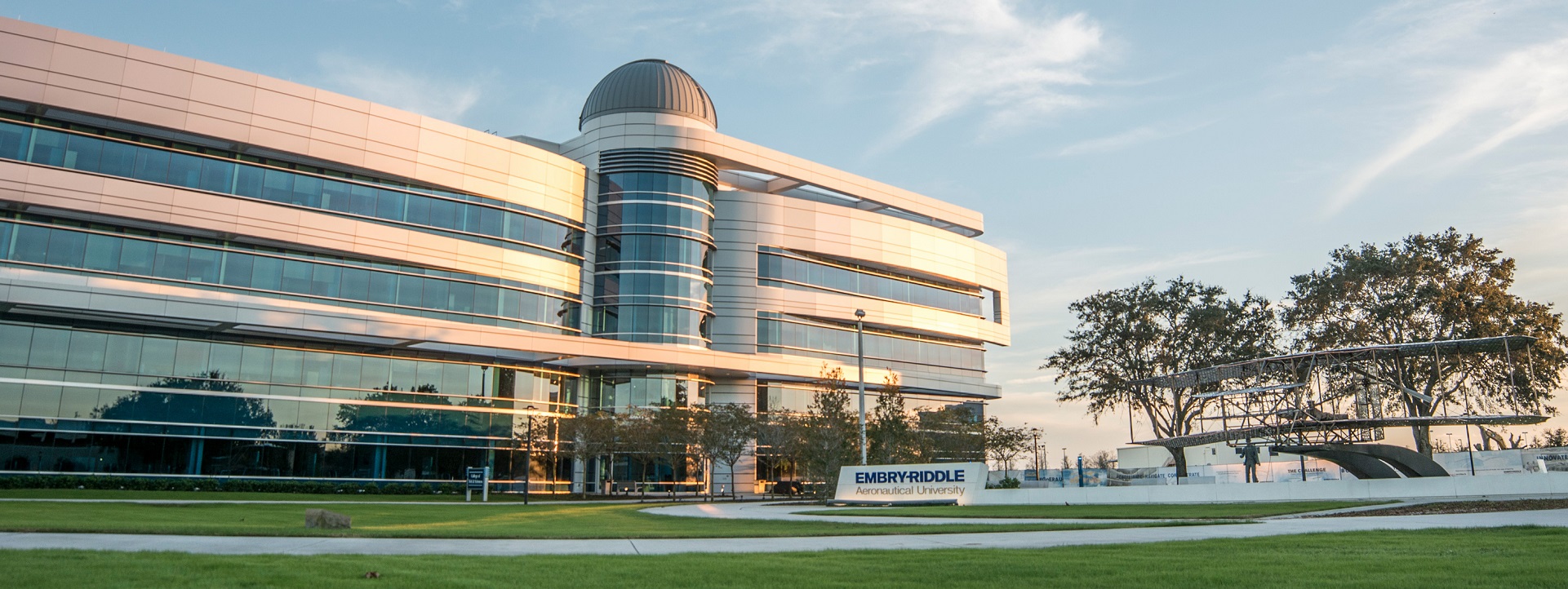
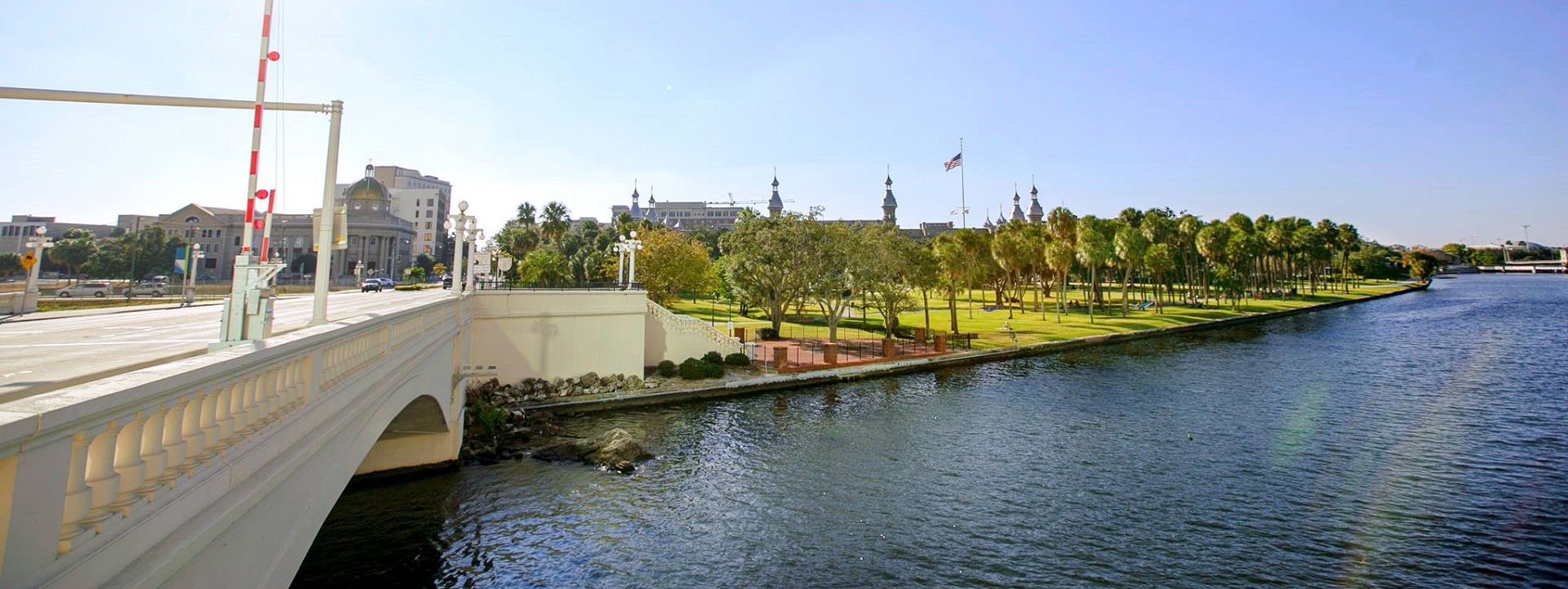
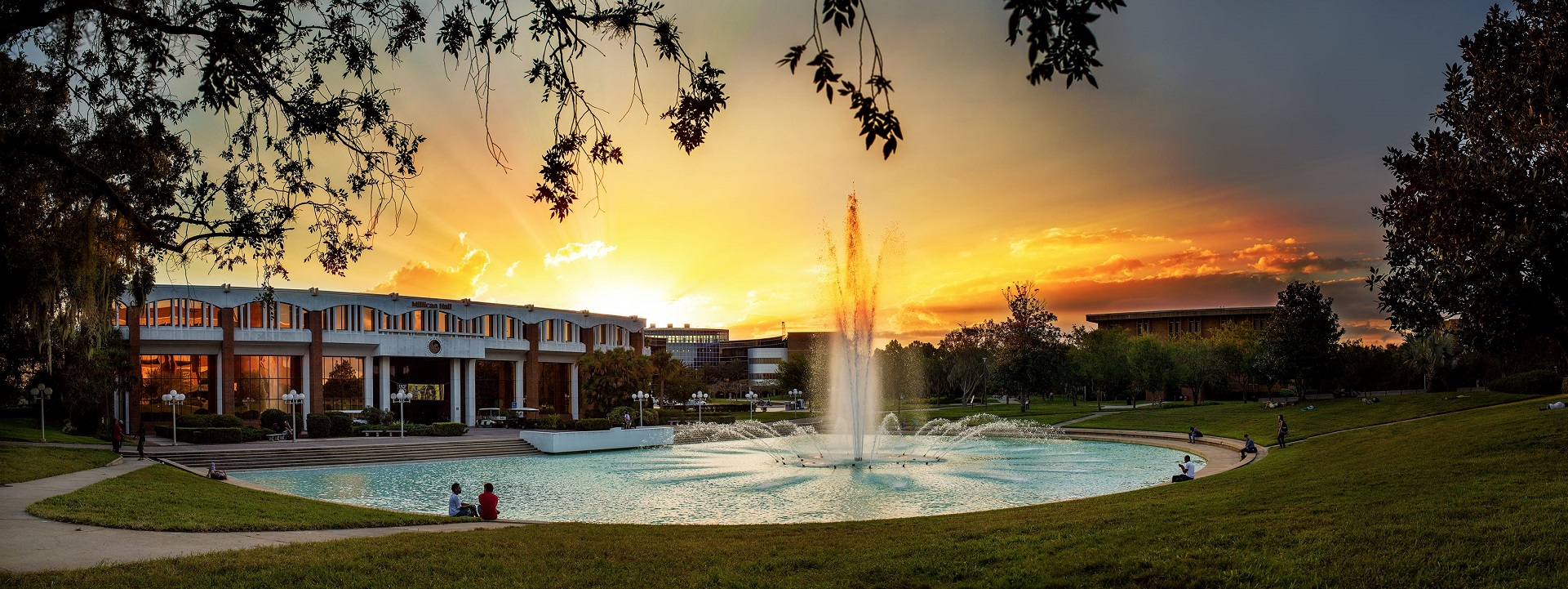
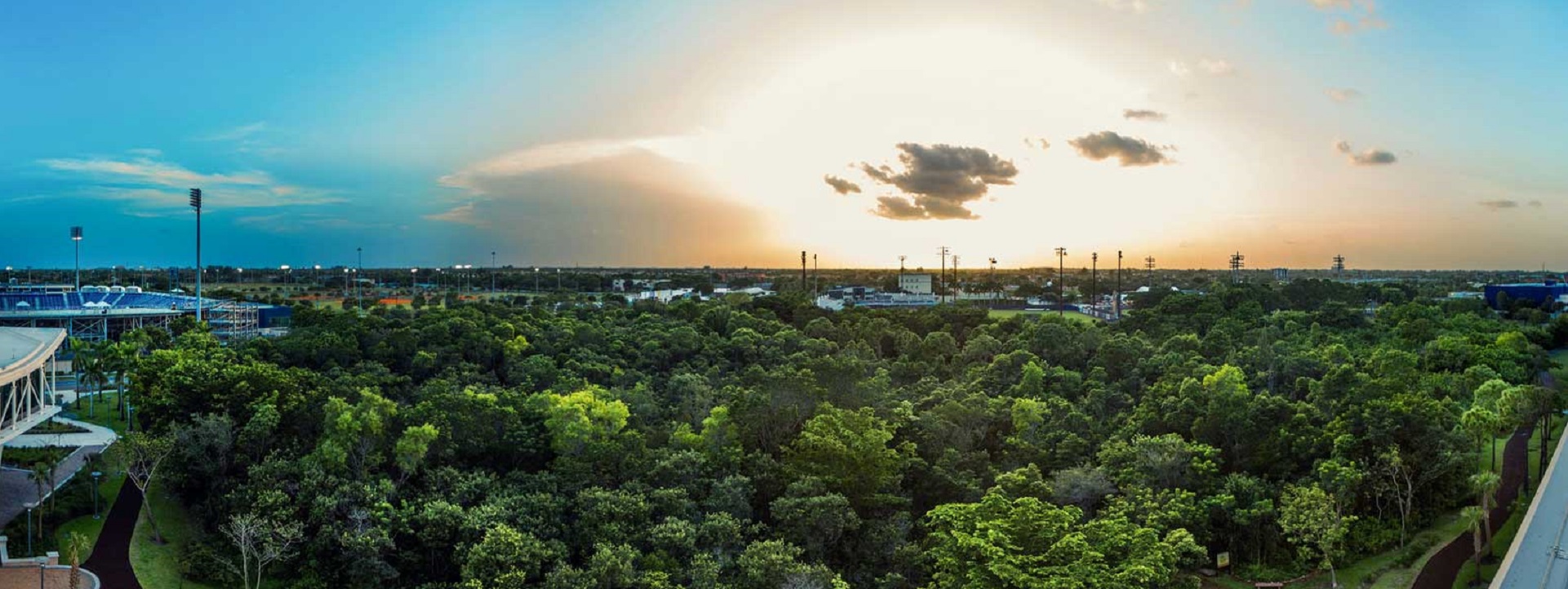
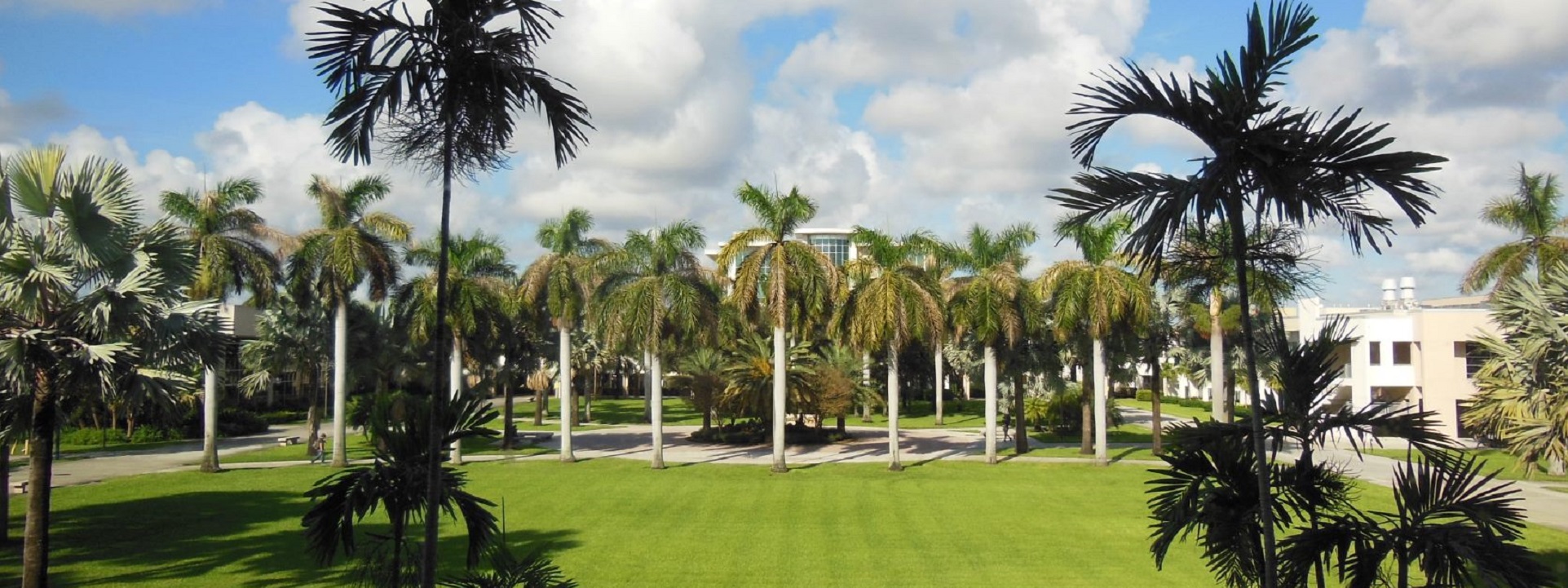
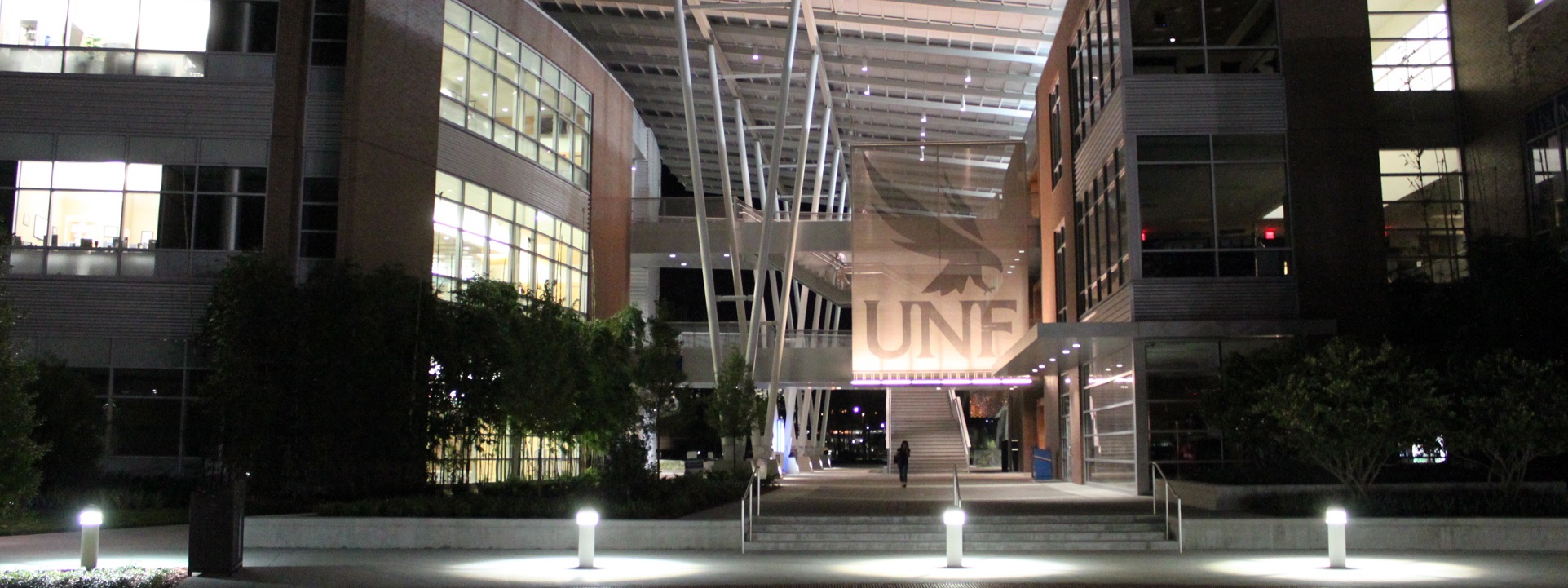
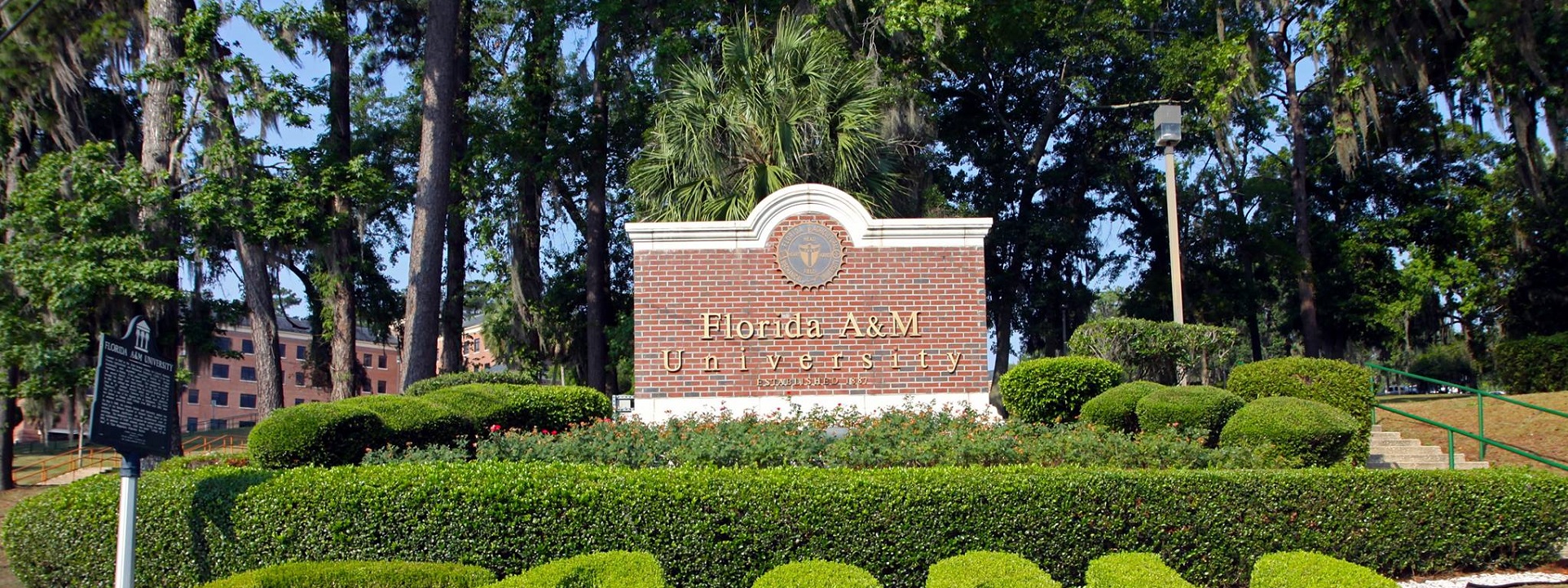
We also maintain ASHRAE best practice titles as standing items on our Mechanical, Water, Energy and Illumination colloquia. See our CALENDAR for the next online meeting; open to everyone.
Issue: [Various]
Category: Mechanical, Electrical, Energy Conservation, Facility Asset Management, US Department of Energy, #SmartCampus
Colleagues: Mike Anthony, Larry Spielvogel, Richard Robben
Under Construction: ASHRAE WORKSPACE
More
ARCHIVE 2002-2016 / ASHRAE 90.1 ENERGY STANDARD FOR BUILDINGS
US Department of Energy Building Energy Codes Program
International Energy Conservation Code
2024 GROUP A PROPOSED CHANGES TO THE I-CODES
Shouldn’t energy conservation measures be determined by market forces rather than building construction regulations?
Energy codes in the United States are adopted and enforced at the state level, and the stringency of the energy codes can vary widely from state to state. For example, as of September 2021, four states (Alabama, Mississippi, South Carolina, and West Virginia) had not adopted statewide energy codes at all, according to the Building Codes Assistance Project. Other states may have adopted energy codes but have not updated them to the latest version, which could be less stringent than more recent versions.
We do not spend too many resources challenging the zietgeist. Engineers, by nature, seek to do more with less but it is worth reminding our colleagues that energy conservation practices vary widely around the globe and not every nation supports what amounts to an energy police state.
The International Energy Conservation Code is a model building code developed by the International Code Council for incorporation by reference into state and local energy conservation legislation. Free access to the current edition is linked below:
2021 International Energy Conservation Code
Sell Sheet: Leading the Way to Energy Efficiency
2024 International Energy Conservation Code Update: Appeals Deadline Extended
Apart from product prescriptive passages IECC is a largely a performance code which draws its inspiration from other energy-related catalogs developed by United States standards developers; notably ASHRAE International. Several accessory titles supporting the current 2021 edition which address energy efficiency on several fronts including cost, energy usage, use of natural resources and the impact of energy usage on the environment are linked below:
Many of the ideas in play can be tracked in the transcripts linked below:
Complete Monograph: 2022 Group B Proposed Changes
Complete Monograph: 2022 Group B Public Comment Agenda
Note the pre-occupation with products such as insulation, fenestration, power outlets and lighting — reflecting the financial support of energy activists advocating on behalf of manufacturers who tend build the cost of their advocacy in the price of their product.
A commonly overlooked energy conservation measure is reducing standby power consumption, also known as “vampire power.” Many electronic devices, such as televisions, computers, and chargers, consume energy even when they are not actively being used but are still plugged in. This standby power can account for up to 10% of a building’s energy consumption.
While our focus tends to be on the commercial facility docket, we keep an eye on the residential docket because, a) many colleges and universities own and operate square-footage on the periphery of their campuses that is classified as residential, b) many student rental houses are obviously classified as residential and we want property owners to be able to afford reasonable energy conservation measures for the houses they rent to students.*
From previous posts we explained we summarized our priorities for the Group B cycle and the IECC in particular:
- Education facilities as storm shelters
- Laboratory ventilation
- Classroom lighting
- Expansion of lighting controls
- Expansion of receptacle controls
- Expansion of electrical power system design requirements above beyond National Electrical Code minimums.
We encourage our colleagues in energy enterprises in education communities to participate directly in the ICC Code Development Process.*
2024/2025/2026 ICC CODE DEVELOPMENT SCHEDULE
The IECC is a standing item on our periodic Energy 200, Power, Mechanical and Hello World! colloquia. See our CALENDAR for the next online meeting; open to everyone.
Issue: [Various]
Category: Architectural, Facility Asset Management, Space Planning
Colleagues: Mike Anthony, Jim Harvey, Jack Janveja, Richard Robben, Larry Spielvogel
* More:
Gallery: Other Ways of Knowing Climate Change
Life-cycle cost of education community settings are informed by climate change assumptions. The architectural character of a campus — i.e. the design and operation its buildings — has changed over the past half-century with cyclical assumptions about global cooling and global warming having changed accordingly. In the late 1960’s academic researchers found evidence of global cooling. Fifty years on academic researchers assume the earth is warming. We just roll with it as we do with all the other policy “givens” we accommodate.
According to a report by the Congressional Research Service, federal funding for climate research and related activities totaled approximately $13.8 billion in fiscal year 2020. This funding was distributed across various agencies and programs, including the National Science Foundation’s Climate and Large-Scale Dynamics program, National Oceanic and Atmospheric Administration’s climate Program Office, and the Department of Energy’s Office of Science.
Not included in this figure is the opportunity cost and loss of brand identity of not conforming to the climate change agenda.
The “Narrative”
Rightsizing Electrical Power Systems
Rightsizing Commercial Electrical Power Systems: Review of a New Exception in NEC Section 220.12
Michael A. Anthony – James R. Harvey
University of Michigan, Ann Arbor
University of Houston, Clear Lake, Texas
For decades, application of National Electrical Code (NEC) rules for sizing services, feeders and branch circuits has resulted in unused capacity in almost all occupancy classes. US Department of Energy data compiled in 1999 indicates average load on building transformers between 10 and 25 percent. More recent data gathered by the educational facilities industry has verified this claim. Recognizing that aggressive energy codes are driving energy consumption lower, and that larger than necessary transformers create larger than necessary flash hazard, the 2014 NEC will provide an exception in Section 220.12 that will permit designers to reduce transformer kVA ratings and all related components of the power delivery system. This is a conservative, incremental step in the direction of reduced load density that is limited to lighting systems. More study of feeder and branch circuit loading is necessary to inform discussion about circuit design methods in future revisions of the NEC.
CLICK HERE for complete paper
Fenestration
“No work of art can be great,
if it is not composed of the smallest things.”
— Vitruvius (Book VII, Chapter 9)
Today we sweep through standards action in building glazing, entrances and means of egress. The word fenestration (Latin: fenestra) has become a term of art for the design, construction, and placement of openings in a building, including windows, doors, skylights, and other glazed elements. While the word has sparse use in the International Code Council and National Fire Protection Association catalog it is widely used by the Construction Specifications Institute in its MasterFormat system for organizing construction standards, guidelines and building contracts.
The percentage of a building envelope “skin” that is comprised of doors and windows varies depending on the specific building design, function, and location. However, a commonly cited range is between 15% to 25% of the total building envelope. The actual percentage will depend on several factors such as the building’s purpose, orientation, local climate, and energy performance goals. Buildings that require more natural light or ventilation, such as schools, hospitals, and offices, may have a higher percentage of windows and doors in their envelope. In contrast, buildings with lower lighting and ventilation requirements, such as warehouses, may have a smaller percentage of windows and doors.
Fenestration presents elevated risk to facility managers. The education facility industry is a large target and a pattern of settling out of court. For example:
- In 2013, a former student at Yale University sued the school over a broken window in her dorm room. The student alleged that the university was negligent in failing to repair the window, which allowed a burglar to enter her room and sexually assault her. The case was settled out of court in 2015 for an undisclosed amount.
- In 2019, a student at the University of California, Los Angeles sued the school over a broken window in her apartment. The student alleged that the university was negligent in failing to repair the window, which allowed a swarm of bees to enter her apartment and sting her. The case was settled out of court for $4.5 million.
- In 2020, a group of students at Harvard University sued the school over its decision to require them to move out of their dorms due to the COVID-19 pandemic. The students alleged that the university breached its contract with them by failing to provide suitable alternative housing, including functioning windows and doors. (The case is ongoing; best we can tell as of the date of this post).
These cases illustrate that colleges and universities can face legal action related to doors and windows, either due to alleged negligence in maintaining or repairing them, or due to issues related to student housing and accommodations.
Our inquiry breaks down into two modules at the moment:
Exterior facing fenestration
Interior window walls and doors
Join us online at the usual time.
Related:
New update alert! The 2022 update to the Trademark Assignment Dataset is now available online. Find 1.29 million trademark assignments, involving 2.28 million unique trademark properties issued by the USPTO between March 1952 and January 2023: https://t.co/njrDAbSpwB pic.twitter.com/GkAXrHoQ9T
— USPTO (@uspto) July 13, 2023
Standards Michigan Group, LLC
2723 South State Street | Suite 150
Ann Arbor, MI 48104 USA
888-746-3670




